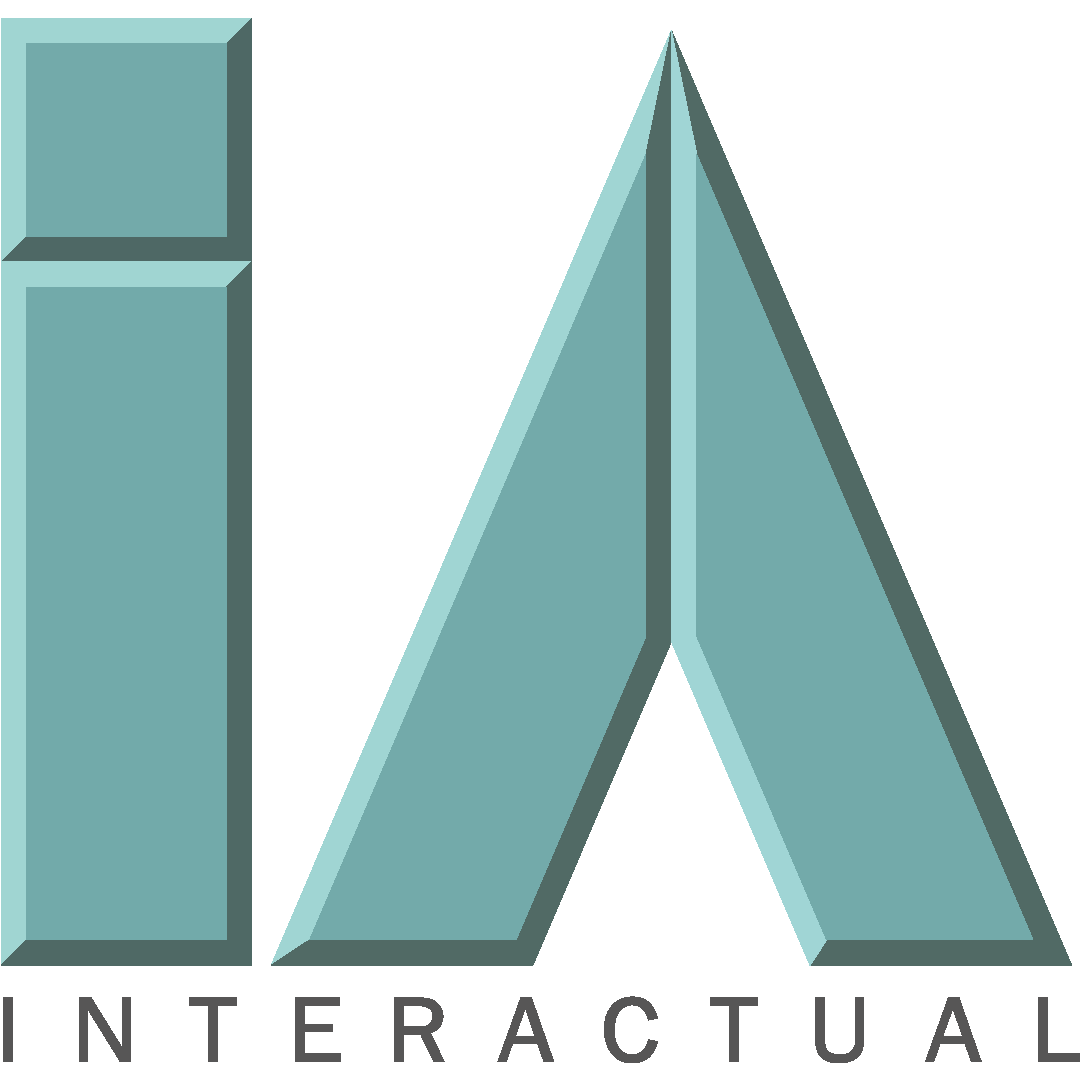The first Technology Readiness Level scale (TRL) was developed by NASA in the 70s to assess the maturity of a technology prior to integrating this technology into a system. These days the most widely used variant is composed of 9 levels, which categorise the progress of the development of a technology from basic research into first principles (TRL1) through to level 9 when a technology is in its final form and is ready for commercial deployment.
I’m not going into a detailed description of the standard 9 TRL scale here – there are loads of sites that can help with this. This infographic produced by Dick Elsy for the HWM Catapult gives a basic overview.
The TRL metric is increasingly used by all stakeholders in the development of every kind of technology, product and even service as a way to define business maturity. Potential Investors will increasingly define a minimum TRL before which they will not engage. Government manufacturing sector strategy has been steered by TRLs – the High Value Manufacturing Catapults have been established to focus on the Applied R&D stages between TRL4 and TRL6. And many grants and funding mechanisms define application suitability using TRLs.
So it’s worth all start-ups mapping their position and intended trajectory against the TRL system and not only for external communication. TRL’s are a useful project planning and tracking tool.
Nevertheless, care should be taken with their use for three reasons:
Variance between TRL systems.
Beware! There is no standardised definition. So be sure to check that all stakeholders are singing from the same hymn sheet.
Readiness Level Proliferation.
In his seminal book on the subject of measuring technology maturity ‘Did I Ever Tell you about the Whale’, William Nolte coins the term readiness level proliferation to describe ‘the tendency of managers to create variants of the classic TRL to help measure and manage specific programmatic areas of concern’. That’s kind of him – I suspect many are invented by consultants so that they can lay claim to the invention of a ‘new’ system.
So we have (to name but a few) Investment Readiness Levels, Product Readiness Levels, Market Readiness Levels, Manufacturing Readiness Levels and specialist variants such as Software Technology Readiness Levels.
There is some established correlation between some of these systems. For example, the Engineering and Manufacturing Readiness Levels shown in the table below comprises 9 levels, correlating approximately with TRLs 4 to 9. But these correlations are inconsistent between systems that are inconsistent themselves.
How Long is the Piece of String?
Let’s take an electronic product as the example. It has a chipset which is a proprietary component and is therefore, as an individual component, at TRL9.
It is mounted to a PCB as part of an assembly of electronic components that is not yet optimised for mass production and is currently somewhere between TRL6 and TRL8.
The whole is housed in a demonstration housing that has been produced in batch volumes using vacuum casting and is therefore not in design intent material. The housings are screwed together because sonic welding is not an option with thermosets. The housings have been designed to spec but have only been tested in simulation. So the housings could be said to be somewhere between TRL3 and TRL5.
To Conclude…
TRLs are an established means to measure maturity with widespread acceptance and use throughout business and industry. It is important, if only to be credible, to understand what they are and to be able to position your business, technology, or product on the scale. To be certain that they do not trip you up I advise the following:
Always ensure that all parties in a conversation about TRLs have the same definitions. Never just use the headline titles – drill down and define the specifics of your own case.
Map using whichever readiness level system is most valid to your investor or partner but make sure the logic is sound so that it can translate across systems from technology to investor to manufacturing.
Define clear stage gates to move from one level to another. Don’t rely on heuristic assessment – all stage gate requirements should be measurable.
Be clear which elements of your development are at which stage and NEVER, NEVER overstate.



